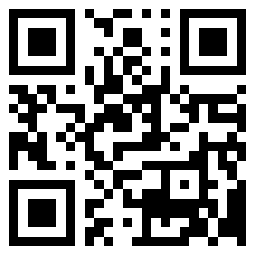Blog
Location:Home > Blog > Industry News
Industry News
Several technical indicators of crystal vibration are introduced
Release time:2025/3/26 14:25:52
The quality of crystal oscillator is closely related to several technical indicators, how to judge it in the end? Below, Xiaobian introduces several more practical methods for you, let's have a look!
1. Total frequency difference
It is the maximum frequency difference between the crystal oscillator frequency and the given nominal frequency caused by the combination of all the specified working and non-working parameters within a certain time range.
Regarding the total frequency difference, it usually covers the frequency temperature stability, frequency temperature accuracy, frequency aging rate, frequency supply voltage stability and frequency load stability, thus forming the frequency difference. Usually only has a certain relationship with short-term frequency stability, and can be used in many occasions where frequency stability indicators are not strictly required.
2, frequency temperature stability
It refers to the maximum permissible frequency deviation without or with a hidden reference temperature in a certain temperature range under a certain power supply and load.
3, frequency stable preheating time
Taking the crystal oscillator to stabilize the output frequency as the basic standard, the time difference between the power supply and the output frequency less than the specified frequency tolerance is taken.
4. Frequency aging rate
The relationship between oscillator frequency and time when measuring oscillator frequency under constant ambient conditions.
5, frequency pressure control range
Refers to the frequency control voltage from the reference voltage to the specified end voltage, the minimum peak change in the crystal oscillator frequency.
1. Total frequency difference
It is the maximum frequency difference between the crystal oscillator frequency and the given nominal frequency caused by the combination of all the specified working and non-working parameters within a certain time range.
Regarding the total frequency difference, it usually covers the frequency temperature stability, frequency temperature accuracy, frequency aging rate, frequency supply voltage stability and frequency load stability, thus forming the frequency difference. Usually only has a certain relationship with short-term frequency stability, and can be used in many occasions where frequency stability indicators are not strictly required.
2, frequency temperature stability
It refers to the maximum permissible frequency deviation without or with a hidden reference temperature in a certain temperature range under a certain power supply and load.
3, frequency stable preheating time
Taking the crystal oscillator to stabilize the output frequency as the basic standard, the time difference between the power supply and the output frequency less than the specified frequency tolerance is taken.
4. Frequency aging rate
The relationship between oscillator frequency and time when measuring oscillator frequency under constant ambient conditions.
5, frequency pressure control range
Refers to the frequency control voltage from the reference voltage to the specified end voltage, the minimum peak change in the crystal oscillator frequency.
